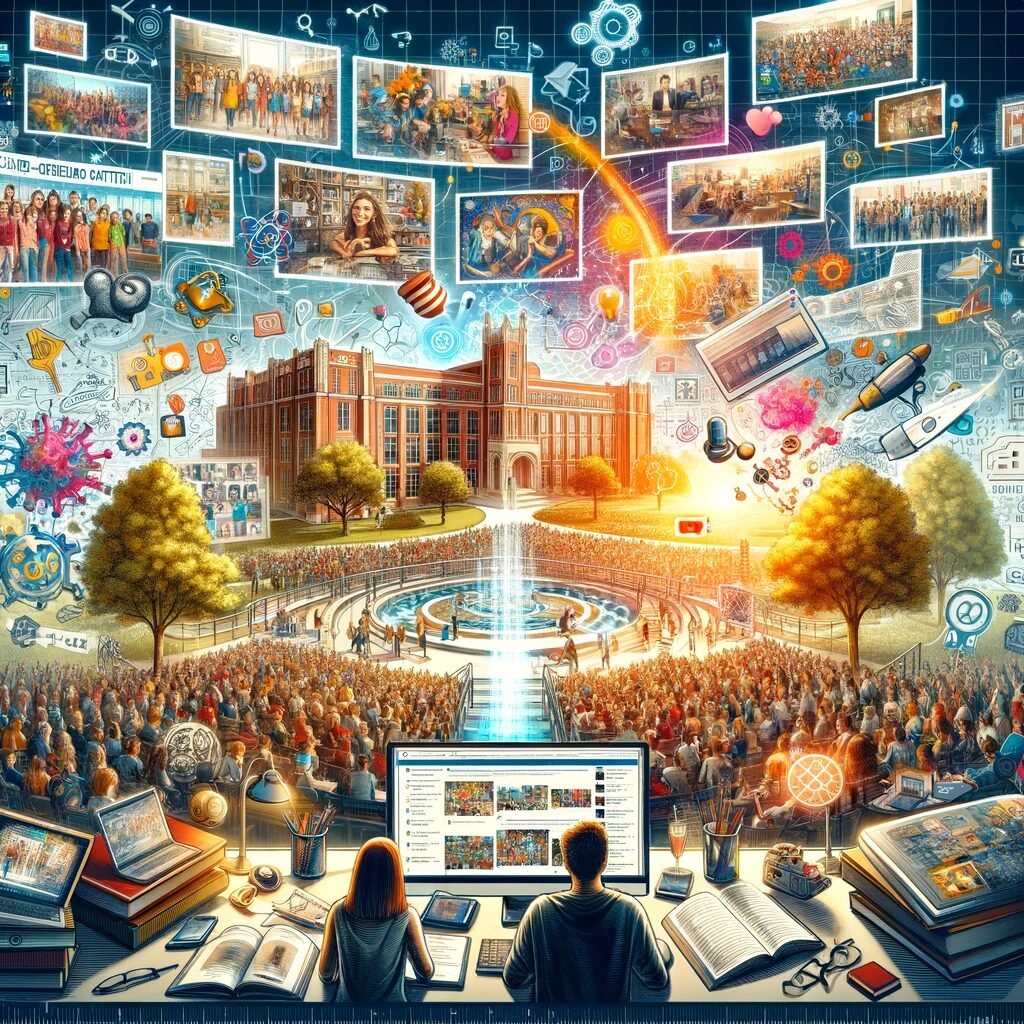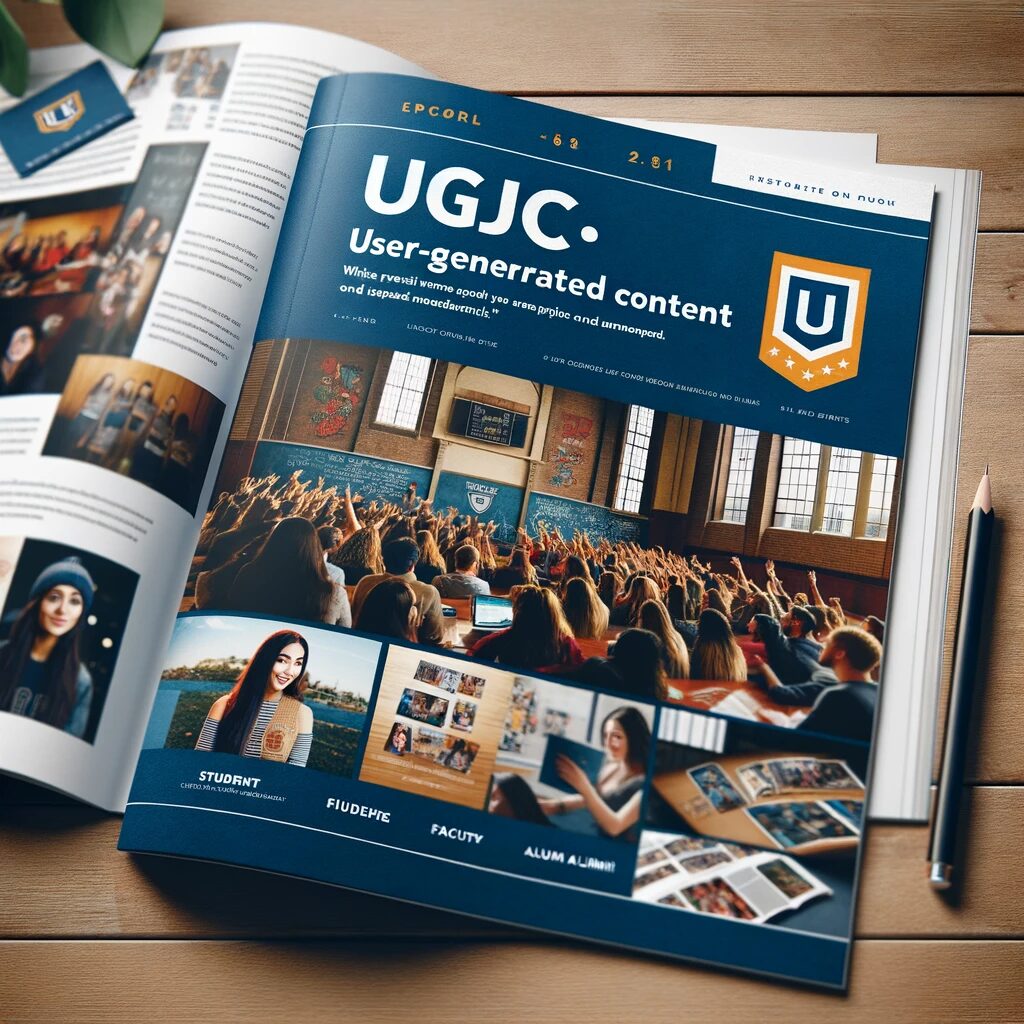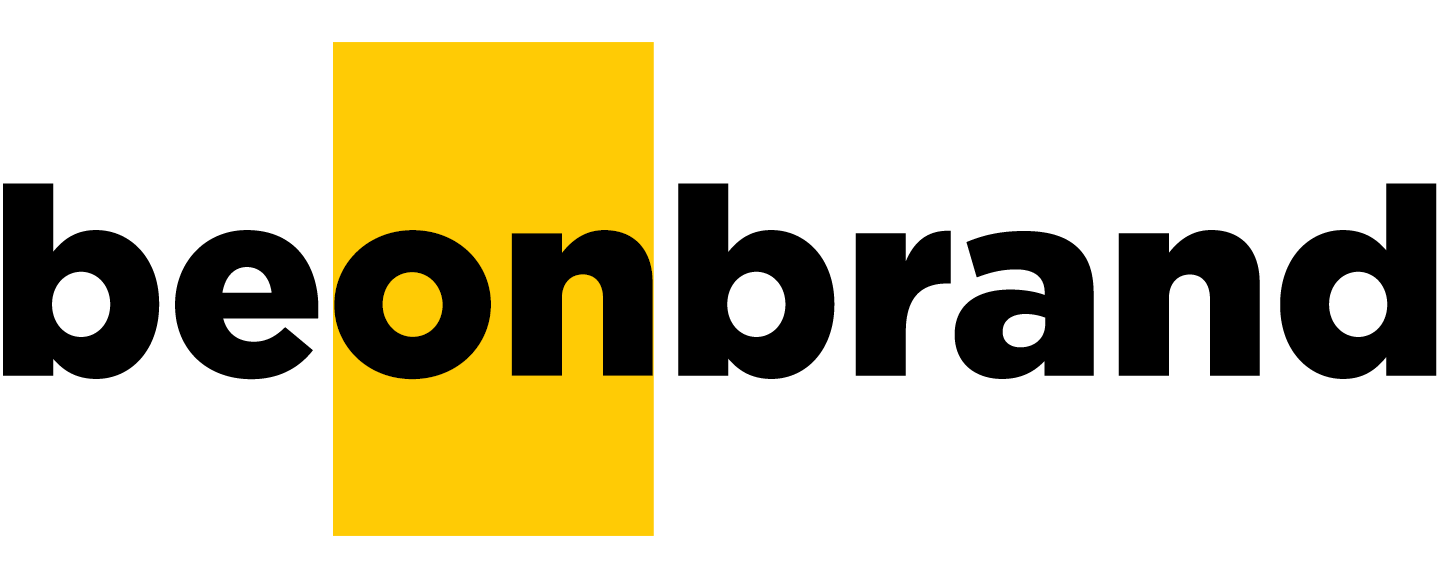
The Power of User-Generated Content
In the realm of higher education marketing, user-generated content (UGC) has emerged as a powerful tool. Leveraging content created by students, faculty, and alumni, universities can foster a sense of community while showcasing authentic experiences. This article discusses the benefits and strategies for effectively using UGC in higher education marketing.

Why UGC Matters
Authenticity: UGC offers genuine insights into campus life.
Engagement: It encourages active participation from the university community.
Trust: Prospective students trust content from their peers more than official marketing materials.

Types of User-Generated Content in Higher Education
Student Life and Activities
Campus Experiences: Photos and videos of daily life and events.
Clubs and Organizations: Highlights of student-led initiatives and activities.
Academic Insights
Classroom Experiences: Sharing of class projects, lectures, and research.
Faculty Contributions: Insights and discoveries from professors and researchers.
Alumni Stories
Career Success: Testimonials from alumni about how their education impacted their careers.
Continuing Connections: Alumni engagement with the university post-graduation.

Encouraging and Curating UGC
Strategies to Stimulate UGC Creation
Social Media Campaigns: Hashtags and challenges to spur content creation.
Contests and Rewards: Incentives for the best or most creative content.
Curating and Showcasing UGC
Content Moderation: Ensuring content aligns with university values.
Platforms for Display: Using websites, social media, and campus displays to share UGC.

Integrating UGC in Marketing Campaigns
Digital Marketing
Social Media Integration: Featuring UGC on official channels.
Website Content: Creating a dedicated UGC section on the university website.
Traditional Marketing
Print and Broadcast: Incorporating UGC in brochures, magazines, and ads.
Campus Tours: Using UGC to enhance the tour experience.

Challenges and Ethical Considerations
Consent and Rights
Permissions: Ensuring proper consent for using individuals’ content.
Usage Rights: Understanding and respecting copyright laws.
Balancing Authenticity and Brand Image
Brand Consistency: Maintaining the university’s image while showcasing diverse voices.
Quality Control: Ensuring UGC meets certain standards of quality and appropriateness.

Measuring the Impact of UGC
Analytics and Feedback
Engagement Metrics: Tracking likes, shares, and comments on UGC posts.
Surveys and Feedback: Gauging the community’s response to UGC initiatives.
Continuous Improvement
Adaptation to Trends: Staying up-to-date with changing social media trends.
Feedback Loop: Incorporating community input to refine UGC strategies.
Conclusion
User-generated content in higher education marketing is not just a trend; it’s a strategy to build authenticity, engagement, and trust. By effectively leveraging, curating, and integrating UGC, universities can create a more relatable and dynamic brand presence, deeply resonating with current and prospective students. The key lies in finding the right balance between encouraging creativity and maintaining the institution’s values and image.
Share this article
Interested in learning more ?


